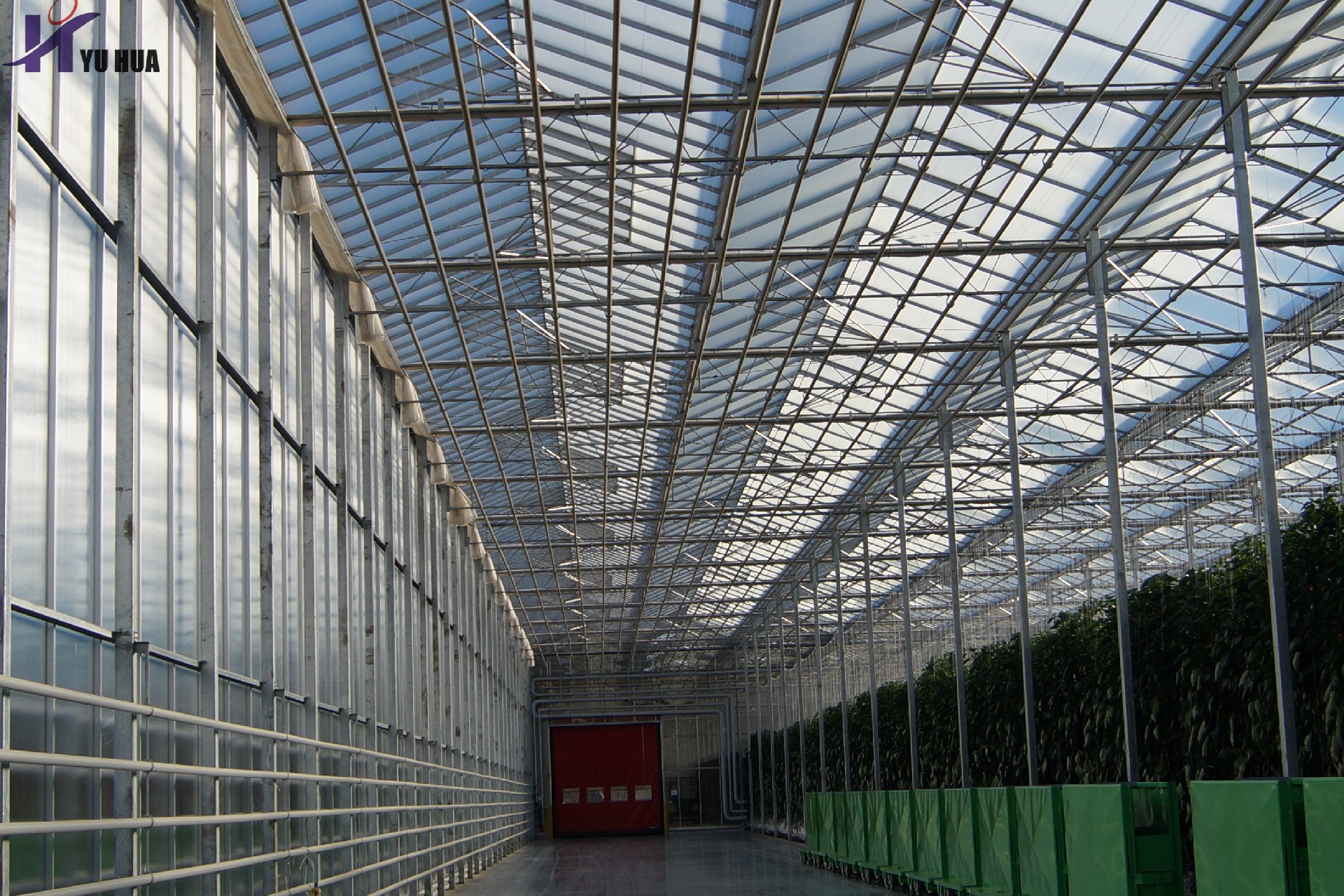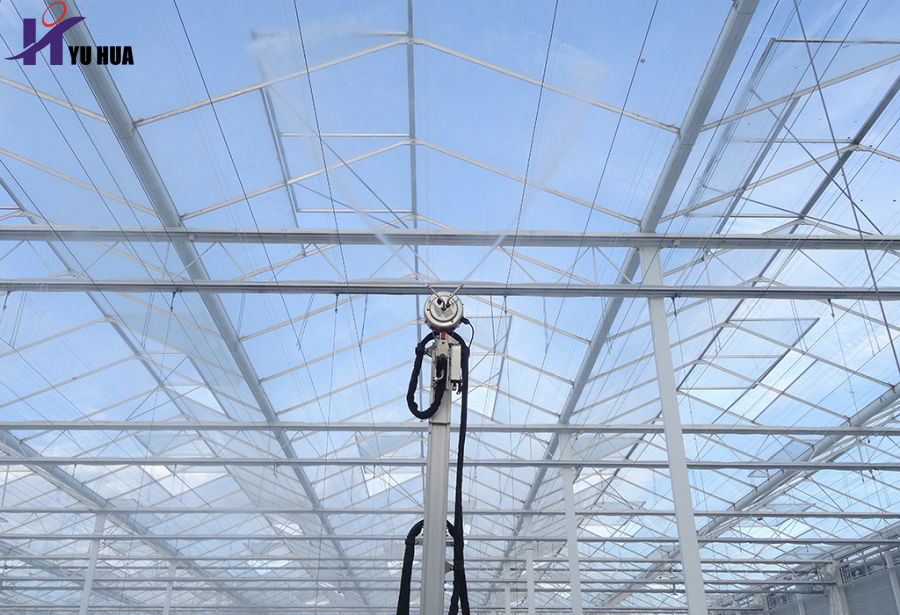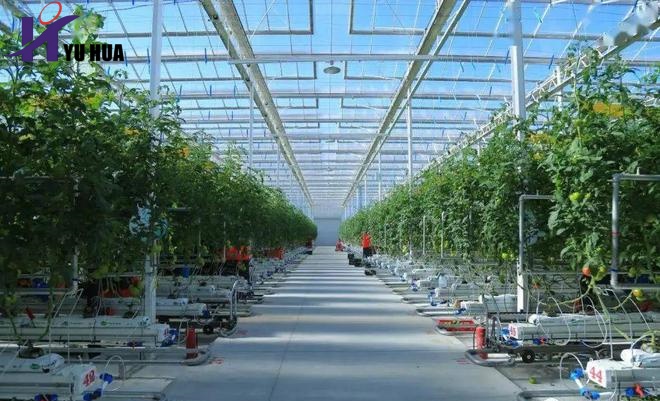
Why is the Netherlands advanced in modern agriculture? Five features worth learning from
The development of the Dutch facility horticulture industry has five characteristics:
First, the degree of specialization is high. The Netherlands has a small land area and little arable land. One-quarter of the arable land is below sea level, and it faces low-lying, humid, and insufficient sunlight. In order to improve production efficiency, Dutch agriculture generally adopts specialized production, with a clear industrial division of labor. Most enterprises adopt intensive methods. It adopts a standardized and large-scale production method, and there are many inherited family businesses.
Second, the level of science and technology is high. Automation, intelligent control technology and supporting equipment are widely used in the facility horticulture industry, achieving regional planting specialization, standardization of agronomic systems, large-scale greenhouse structures, diversification of operating machines, mechanization of the entire production process, and intelligent production management, representing the world's leading level.
Third, the unit output value is high. The land utilization rate is high and it is a typical high-input and high-output model. The annual output value of the facility horticulture industry is 5.6 billion euros, the average annual output value per hectare is 600,000 euros, and the per capita annual output value is 46,700 euros. The output of facility large-fruit tomatoes per square meter can be as high as More than 70 kg, which is more than three times the average in my country.
Fourth, the trade volume is large. It ranks second in the world in terms of agricultural export output value, is the world's largest exporter of potatoes and onions, the second largest exporter of vegetables (first in Europe), leads the world in tomato exports, and accounts for more than 60% of the world's share of flower exports. Vegetable seed trade accounts for more than 1/3 of the world's trade.
Fifth, focus on technology output. With its advanced technology and complete management experience in facility horticulture, the Netherlands is actively exploring the global market and currently exports a large amount of technology to Russia, France, Ukraine, Mexico, the United States, and China.

The greenhouse industry is the most distinctive agricultural industry in the Netherlands. Currently, the greenhouse construction area in the Netherlands is 1.1 billion square meters, accounting for 1/4 of the world's glass greenhouse area. It has the world's most advanced glass greenhouses and five world-famous greenhouses. manufacturer. It is a world leader in computer intelligence and greenhouse environmental control, and exports of supporting greenhouse facilities account for 80% of world trade. The country's soilless cultivation area is about 3,500 hm2, and the main cultivation method is rock wool cultivation. High-cost investment, high-tech production, and high-efficiency income are the main reasons for the continued development and improvement of the Dutch facility clothing industry. There are association cooperatives for different crop producers and industries. The function of cooperatives is very large, coordinating the sharing of raw materials, production means, workers, machinery, etc., but there will be competition between them to promote the healthy development of the market.

Greenhouse construction technology: After years of development, the structure of Dutch greenhouses has become very mature, mainly Venlo type and large roof type. The gutter direction is both north-south and east-west, among which Venlo type greenhouse is the mainstream. Large-roof greenhouses can adapt to crops with higher lighting requirements and are mainly used in the production of three-dimensional potted flowers. According to the covering materials, multi-span greenhouses mainly include three types: glass, PC board and plastic film, of which glass greenhouses account for about 90%. With the continuous improvement of automated control and operating equipment, greenhouses have gradually shown a development trend of large and super large. Among them In the northeastern region of the Netherlands, the area of a single greenhouse is larger, mostly above 10hm2.
Greenhouse environment control technology: An intelligent, energy-saving, and sustainable comprehensive environmental control system is the key to maintaining market competitiveness in the Dutch vegetable and flower industry. Dutch greenhouses adopt automated control, which can automatically monitor, record and regulate environmental factors such as temperature, light, humidity, and carbon dioxide concentration in the greenhouse, so that feedback and control can be carried out faster and more accurately, reducing errors during operation, and effectively Reduce the risk of pests and diseases and achieve high yield and quality.

Tags:anti-reflective glass diffuse glass agricultural greenhouses glass greenhouse venlo greenhouse AR glass greenhouses glass agricultural glass horticultural glass #greenhouseglass #Antireflectiveglass #Diffusetemperedglass #Ultrawhitefloatglass #agriculturalgreenhouseglass #diffuseglass #horticulturalglass #Tomatogreenhouse #Coloredpeppergreenhouse #Lettucegreenhouse #Agriculturalgreenhouse #ARglass #venlogreenhouse #greenhouseglass #Antireflectiveglass #Diffusetemperedglass #Ultrawhitefloatglass #agriculturalgreenhouseglass #diffuseglass #horticulturalglass #Tomatogreenhouse #Coloredpeppergreenhouse #Lettucegreenhouse #Agriculturalgreenhouse #ARglass #venlogreenhouse #GlassManufacturer #invernadero #ArchitecturalGlass #ClearFloatGlass #FloatGlass
Previous:Only the ultra-white type of glass on the top of the greenhouse is available!
Next:Henan Yuxin Longchang Greenhouse Engineering Co., Ltd. wishes all women a happy International Women’



















